Do you have a full knife block sitting atop your kitchen bench but really only use one knife in your arsenal? Never fear, you are akin to most home cooks. The average person seems to use their chef knife for almost all tasks in the kitchen – and while a chef’s knife is the perfect choice for many tasks, it is not always the best choice.
For today’s post, we are delving into the world of knives to help you pick the right knife for the task when you next find yourself cooking in the kitchen. To ensure this post is not as long as War and Peace, I’m going to focus purely on three knives for Mise en place (the french term related to the preparation of ingredients for cooking) this is why you won’t find bread knives or carving knives in this post. The three key knives we are going to focus on is the Santoku knife (Japanese equivalent to a Chef’s knife), the paring knife and the vegetable knife. Then, I’ll follow all that up with a recipe for a Cous Cous and Pumpkin Salad with Lamb Tenderloin for you to test your new knife knowledge.
It is worth mentioning that this post is in no-way intended to be a definitive knife post, it is simply to help home cooks understand their knives a little better to make the cooking experience smoother. A big thanks goes to Global Knives for providing the knives you see in this post (and for supporting the idea of the post itself).
Why Use The Right Knife?
I suppose we should start with the simplest question: “Why is it beneficial to use the right knife for the task?”. Firstly, it is safer for the cook if the right knife is used. A knife intended to slice meat would be dangerous to use if you are cutting mushrooms, or peeling an apple. Sure, you can do it… but it isn’t recommended. Secondly, it is usually much more efficient to use the right knife. If you are using your chef knife to cut hard vegetables, the job would be completed more quickly if you used a vegetable knife instead. Also, food prep done with the right knife results in neater, cleaner and better cuts which is evidenced by anyone trying to slice a loaf of bread without a bread knife!
Anatomy of a Knife
Given this is a post about knives, I’m going to start with a simple outline of the basic anatomy of a knife. There is much more to the anatomy of a knife and how it is constructed for balance and use, but for the purposes of this post I’ve chosen to keep it simple and stick to the following:
- Blade: this is the main body of the knife
- Handle: this provides the knife’s gripping surface
- Edge: this is the cutting surface of the blade and is the sharp part!
- Tip: this is located at the pointed end of the edge and is roughly the front 1/3 of the knife
- Heel: this is at the end of the blade closest to the handle, used to cut things that require more force
- Point: this is located at the very top of the blade, used to score and pierce foods
- Butt: this is located at the very base of the knife handle
Santoku Knife/Chef’s Knife
The Chef’s knife is the most versatile knife in your kitchen block and is likely the knife you use for almost all tasks. It can be used for a multitude of cuts including chopping, dicing, mincing, slicing and trimming. It will likely include a curved blade which offers you the opportunity to chop with a curved motion thereby meaning you exert less force.
For the purposes of this post, I’m using a Japanese santoku knife in place of a Chef’s Knife as this is the all-purpose knife I use in my kitchen. While a santoku knife and a Chef’s knife are not identical, their uses are similar and it is a perfect alternative in a home cooking environment. Effectively, the santoku is a Japanese version of a Chef’s knife which was developed when more western style foods entered Japanese diets. A santoku has a flat edge and a sheepsfoot blade and its name refers to the three tasks which the knife excels at: slicing, dicing and mincing.
The reason I like the santoku is because it is a beautifully balanced knife. It has a slightly shorter blade than a Chef’s Knife and is also lighter and thinner (with the blade harder to compensate for it being thinner). The knife is known to be better suited to people with smaller hands, which is exactly why I prefer it (thanks to my short stubby fingers).
PERFECT FOR… the majority of tasks in the kitchen. It is mostly used for slicing and dicing raw meats and fish, disjointing large cuts, and mincing slicing and chopping soft vegetables.
NOT SO GREAT AT… one thing a chef’s knife is not intended for is carving. Don’t carve poultry, lamb roasts etc. Cooked meats that require slicing are better done with a thinner and longer knife. Also, not good at peeling and cutting harder root vegetables. The broadness and size of a chef’s blade means there are better knife options out there.
Paring Knife
A paring knife is a small knife with a short blade used for detailed and controlled cutting. It is used primarily for cutting tasks that are too small for your Chef’s Knife. It’s small size makes it an ally for intricate tasks like de-veining shrimp, removing seeds from chillis or peeling and slicing garlic, and it does all this while keeping the item perfectly intact.
Any cutting actions that take place off the cutting board (like peeling an apple, coring a strawberry or segmenting an orange) should also be done with a paring knife. When slicing/peeling items off the board and in the air the cutting action to best use a paring knife is to cut towards you. This allows for the greatest control and cleanest cuts.
While they are both used for different tasks, the paring knife is just as versatile in the kitchen as a Chef’s Knife and it should be in use almost as often as your Chef’s Knife/Santoku. It is worth noting that a paring knife shouldn’t be used in any situations where you find yourself exerting unnecessary pressure with the blade.
PERFECT FOR… small and intricate items and uses both on and off the cutting board like peeling, segmenting, coring, de-veining etc (and great if you fancy trying your hand at a little garnish art).
NOT SO GREAT AT… cutting harder items which require heavier blades or cutting large items. It shouldn’t be used to slice or cut hard vegetables like carrots, parsnips, pumpkin or sweet potato. Also, as it has such a small blade, it obviously shouldn’t be used to cut anything large.
Vegetable Knife
While the two previous knives will cut almost everything you need to prepare before cooking your meal, there are a couple of gaps. The largest one being what knife to use to peel and cut up hard vegetables. For this task, I highly recommend you use a vegetable knife. If root vegetables are your thing, then it will be one of the best knife investments you make. I find myself using my vegetable knife much more than I expected to.
The vegetable knife is differentiated from your chef’s knife by being lighter and sharper to help it deal with prep of harder foods. It is still a broad knife which makes it easy to pick up items from your board using the blade and transfer it to a pan or pot. If you make a lot of soups or stews then your mirepoix (the sauteed mixture of diced vegetables used as a base) will be all the better when prepared with a vegetable knife.
The fact that the blade on this vegetable knife is straight and sharp means that it allows you to quickly cut through your produce and you won’t need to push or pull to cut through tougher vegetables. Also the lightness of the blade means your chopping ability is faster.
PERFECT FOR… prepping almost all vegetables for cooking. It excels at cutting hard vegetables, but also mincing, dicing and slicing other vegetables where a heavier blade would cause fatigue.
NOT SO GREAT AT… fine, intricate work or cutting meat and fish as the knife can dull quickly when it comes into contact with bone. Really, best for just vegetables.
Now that you know which knife to use when, why not see how much easier prep can be with the right knives by making this Pearl Cous Cous, Pumpkin, Lamb and Orange Salad. As well as being a great test of your knives, it tates absolutely delicious!
Israeli Cous Cous, Pumpkin and Dukkah Lamb Salad
Ingredients
Salad
- 350g pumpkin, in 2cm cubes
- Olive oil spray
- 250g Israeli Cous Cous
- 500ml vegetable stock
- 40g pistachio dukkah
- 350g lamb leg steaks
- 1/2 red onion, diced
- 1/2 bunch continental parsley, finely chopped
- 1/2 bunch mint, finely chopped
- 50g natural almond slithers, toasted
- 1 orange, segmented
Dressing
- 4 tablespoons extra virgin olive oil
- 2 tablespoon red wine vinegar
- Juice 1/2 lemon
- Salt and pepper, to taste
Directions
Preheat oven to 180° Celsius.
Spread pumpkin evenly on a lined baking tray and spray with olive oil. Place in the oven and bake for 20 minutes until lightly golden then remove and set aside to cool till ready to assemble salad.
Heat a small saucepan on a medium high heat. Add the Israeli cous cous and toast in a dry pan for 5 minutes until the cous cous is golden. Then add the vegetable stock and cook for 8-10 minutes or until the cous cous is al dente but not soggy. Remove from the heat, drain any excess stock and set aside to cool.
Meanwhile, heat a grill pan over medium heat. Coat the lamb leg steaks in the pistachio dukkah, then brush or spray the pan with oil and place the steaks on the heat. Cook till medium rare (about 2 minute each side) or to your taste. Remove from heat and allow to rest for 4 minutes.
To a large bowl add pumpkin, cous cous, onion, parsley, mint, and almonds. Slice the lamb into thin slices and add it to the salad reserving a few slices for the top.
In a small bowl mix the salad dressing ingredients till well combined, then pour over the salad and season with salt and pepper. Toss to combine and then serve the salad with the remaining lamb slices and orange segments.


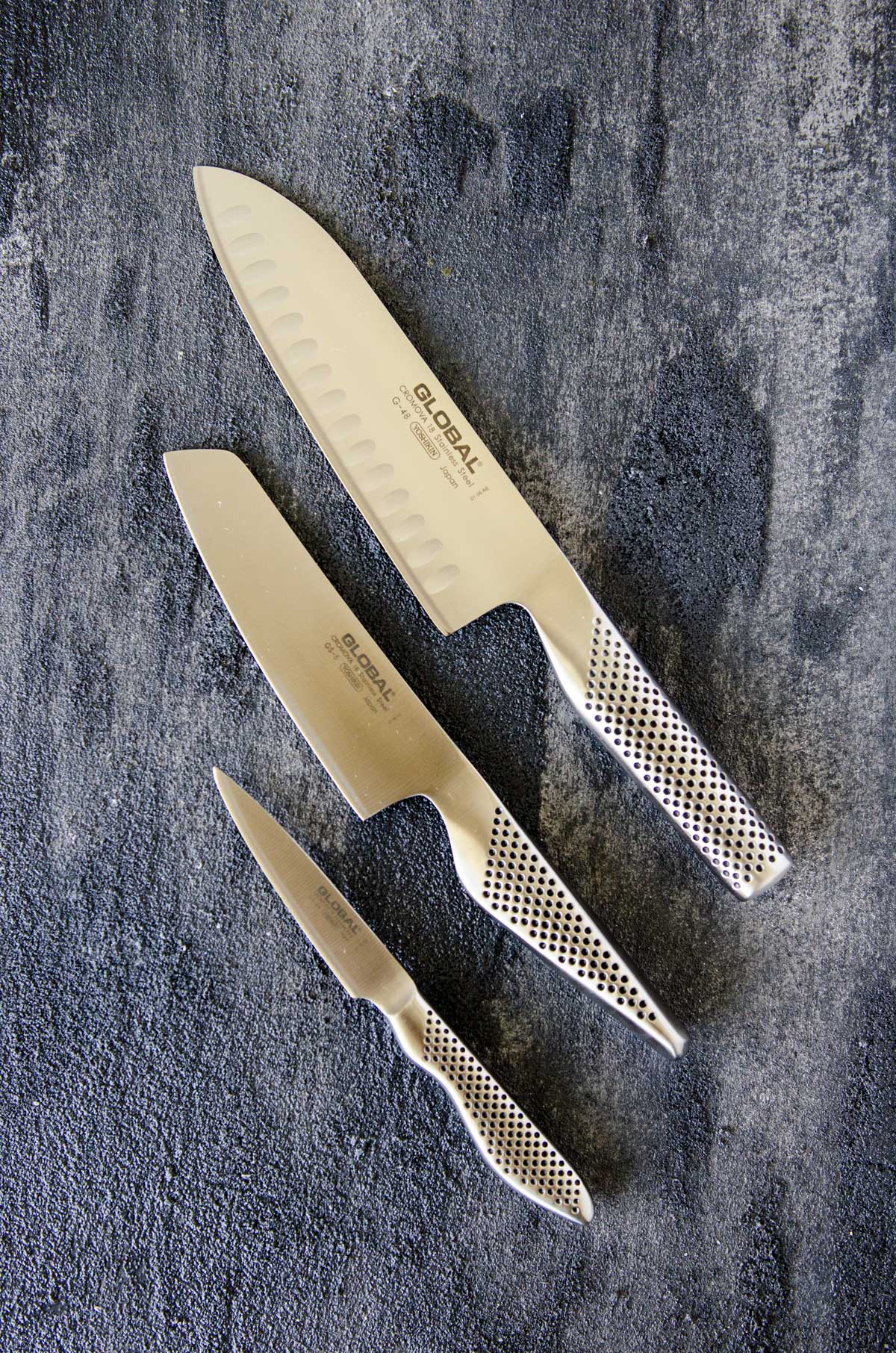
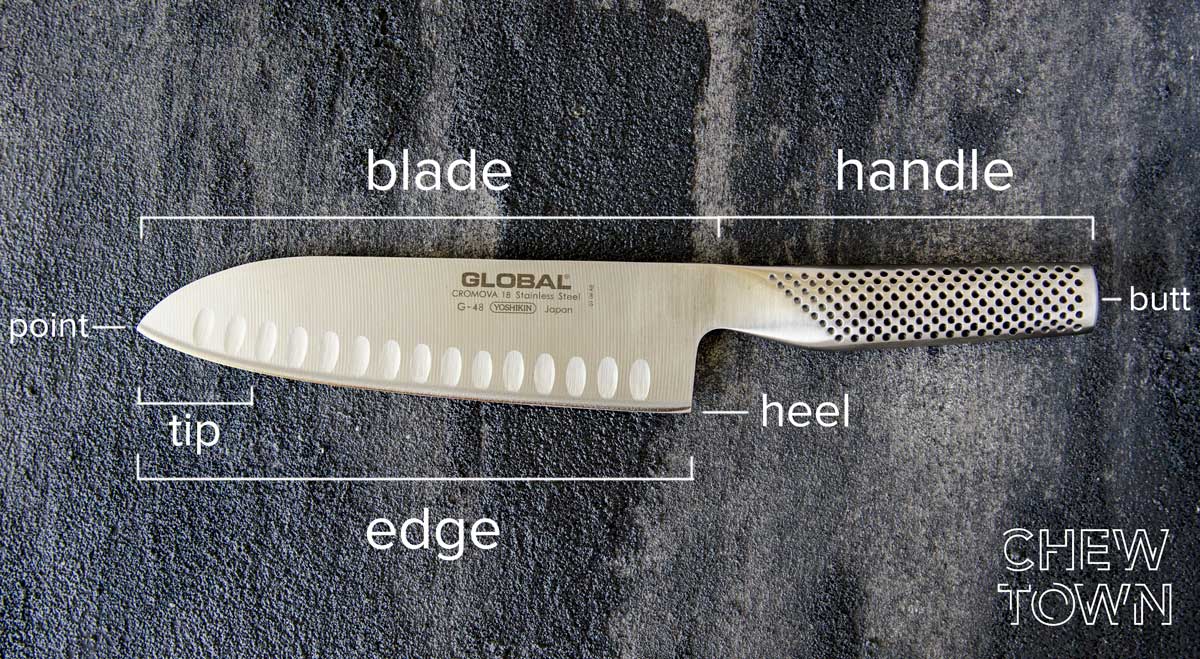

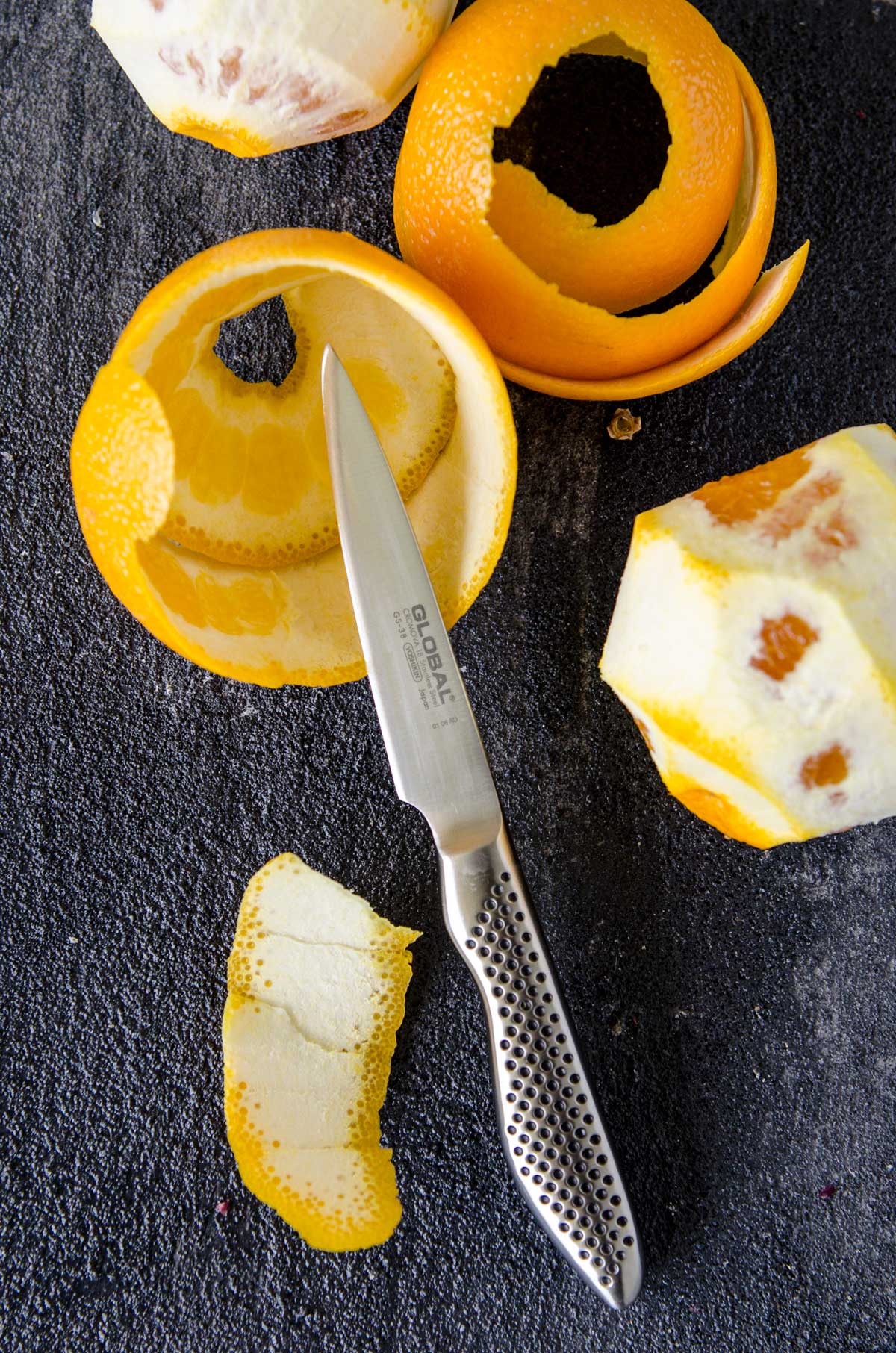
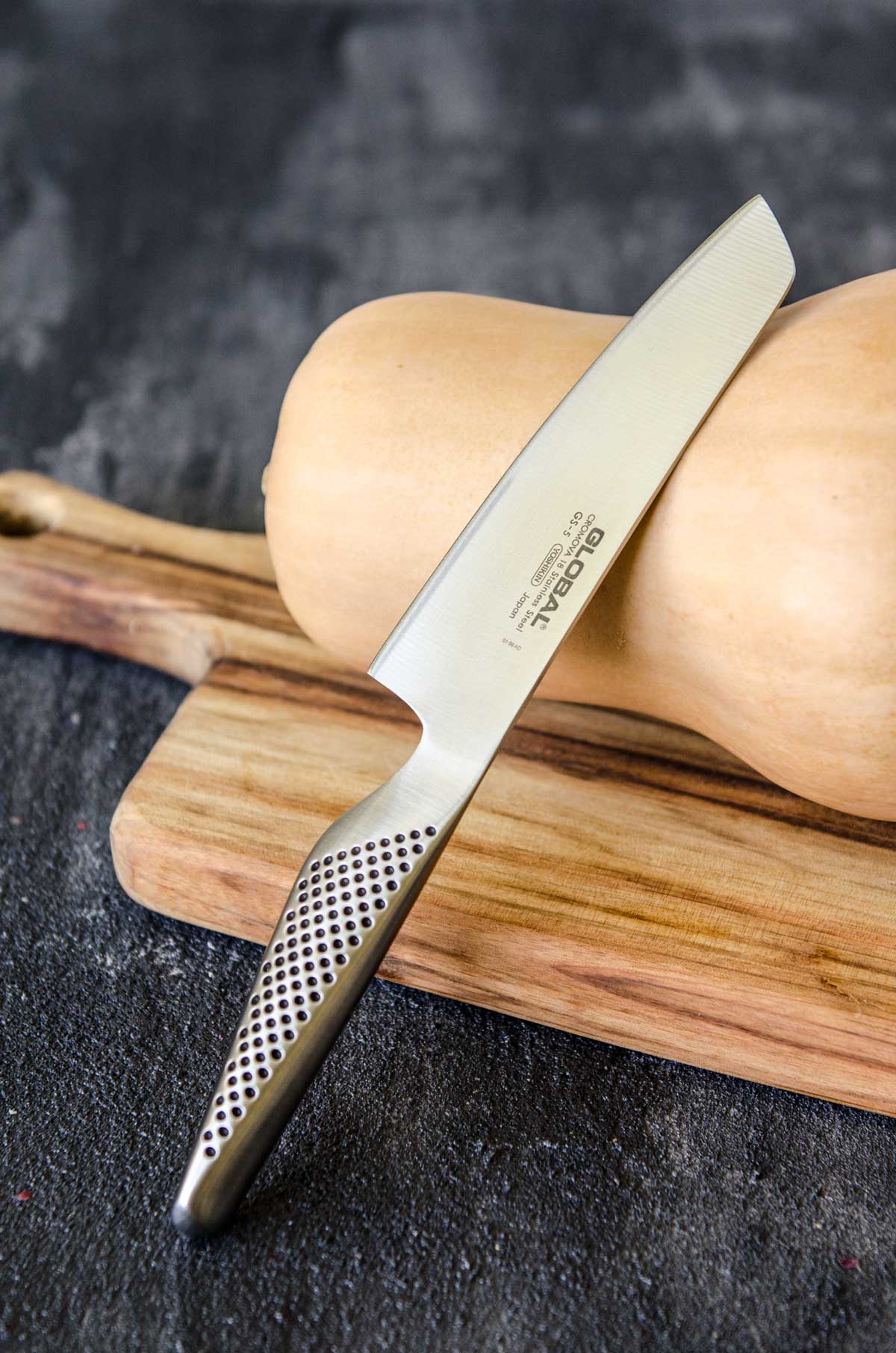


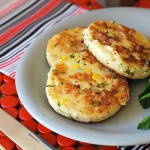
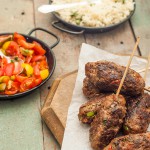
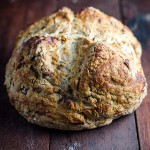

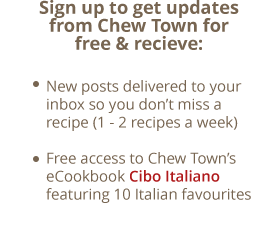

Wow, what a fantastic write up here Amanda. I knew all three, but will be sharing this one to keep readers informed, thanks. As for the scrumptious meal and gorgeous photos, love the pistachio dukkah on the lamb. Israeli Cous Cous is a house fav here so I believe this might have to happen in my kitchen soon. That knife anatomy photo is great! 🙂
Recent Post: Butter Chicken – Punjabi Murgh Makhani
Thanks for the lovely words Kevin. It took a while to write, but it was something I really wanted to do. Israeli Cous Cous is definitely my favourite Cous Cous! x
Great salad! We’re still in soup mode, but starting to think about salads. Really good discussion about knives, tool My main knife is a chef’s knife; after that a thin-bladed boning knife; after that a Santoku knife. And after that’s it’s probably a tie between a paring knife and long slicing knife. Oh, and a bread knife, too. I’ve always been intrigued with the idea of a Chinese cleaver, but could never get it to match my workflow. Fun post — thanks.
Recent Post: Slow Cooker BBQ Pulled Pork
I love that you use a boning knife John. I’m lazy and pay people to bone for me!! haha I agree with the Chinese cleaver… I love the idea of it but can’t integrate it!
what a sexy line-up of knives! You only ever hear fab things about Global. I bought some Israeli cous cous on the weekend, can’t wait to try it. This might be just the dish…
Recent Post: Cherry coconut and chocolate squares
Thanks for the lovely works Bel. Global knives are definitely Sexy. They have become my knife of choice!
I am so jealous of your beautiful knives! I could use some new ones. For Christmas I got a gift card, so I bought a spiralizer, a slow cooker, and some other fun props for my blog. I was like a kid in a candy store! Next, I’ll be looking for some new knives!
Recent Post: Taco Dip in a Jar
A spiralizer and slow cooker are definitely great tools to have! Good knives will totally change your life… once you get over how sharp they are! 🙂
. a knife freak, and love having the right knife for the job. I hate it when I see people trying to cut veggies with a paring knife…Your salad look delish, the photos are beautiful
Haha I see all sorts of people cutting weird things with a paring knife! Thanks for the lovely words Lindy!
Whenever we walk by a kitchen/cooking goods store my husband has to stop and look at knives. He covets them like I use to cover a Vitamix blender. I mostly use a santoku knife from Calphalon that I bought for him a few years ago but if he had his way I’d never touch his “precious”. Your photos are amazing (and those knives, what can I say? Can you call a knife beautiful?)
Thanks for the great knife information. It was so helpful!
A brilliant knife educational Amanda. I do use my chef’s knife for most things, may go buy a veggie knife now.
Recent Post: Brown Butter Chocolate Chunk Cookies
Thank you Amanda. I love cooking (with my wife). We need some more knives anyway. Information you provided here might be helpful.
Great article, I just want to point out that Cous Cous is actually a Moroccan traditional meal
Very Informative article. While I agree with the majority of what you’ve said. I would like to add few ideas about santoku knife if you don’t mind:
Santoku was well known as either santoku bocho or bunka bocho. the term santoku basically mean “three virtues” which refers to the 3 abilities the knife can do: chopping, dicing and mincing.
I, same as Amanda, I love and prefer santoku over chef knife. A high quality santoku knife can be the right knife for the task
Really informative, even for somebody who’s just a weekend chef.
Really great informative, even for somebody who’s just a weekend chef.
Recent Post: 5 Best Electric Knife Reviews to make You a Kitchen Wiz [2019]
great list and knives suggestions. I would like to suggest using nakiri knife as a vegetable knife. It’s designed specifically to accommodate a variety of veggies and fruits.
Great idea! I I would like your suggestion using a knife for meat cutting. It’s very important for meat and vegetables.Thank you for sharing a good article with us.
Recent Post: How to Use a Smoker Box Step by Step – Complete Guide